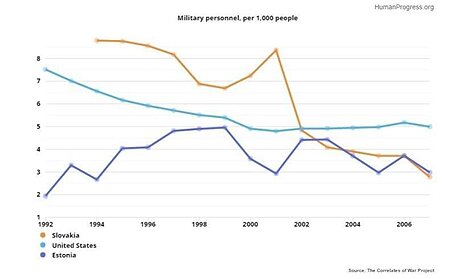Visiting my native country of Slovakia six years ago, I met a senior government official who asked me whether it would be possible for Slovakia to disband its military and pay the United States an annual protection fee instead. I said I did not know. Judging by the uniformly negative response of Washington’s foreign policy establishment to a similar idea recently floated by Trump, however, hell has a better chance of freezing over.
Ignore, if you will, the orange-faced protagonist of the protection fee idea. Ignore also America’s $19 trillion debt, half-a-trillion dollar annual deficits and a Pentagon budget that is equivalent to the military spending of the next 10 countries combined. Let us instead look at the issue of military spending from the perspective of some of our NATO allies.
When communism ended, Slovakia had over 40,000 soldiers, more than 200 battle tanks and 100 fighter jets. Today, it has 13,000 soldiers, 22 tanks and 12 fighter jets. Similar reductions in military strength took place in many ex-communist countries after the fall of the Berlin Wall and continued after some of them acceded to NATO.
The reasons for that development were at least two-fold. First, governments in the region became democratic and started to prioritize the needs of the electorate (i.e., healthcare, welfare, infrastructure, etc.) over military spending. Second, free riding and moral hazard have set in. Again, Slovakia serves as a case in point. During the 2010 general election, Slovak nationalists claimed that the military atrophied to a point where it was incapable of defending the homeland. Yet, the nationalists were a part of the ruling coalition. When questioned about his party’s support for military cuts, the leader of the party conceded that Slovakia did not need additional military spending because “we enjoy protection primarily from NATO.”

